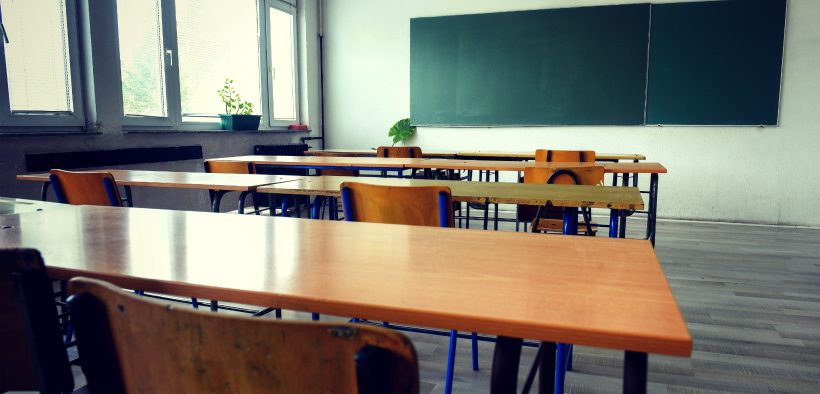During my recent sabbatical, I had the unique opportunity to teach full-day sessions for 14 weeks in two different K-12 settings. Here's how that happened. I decided to propose this unique sabbatical project because my students regularly asked me about the clinical experience phase of the university's library science program. The prospect of taking PRAXIS exams (two are required for library science certification) in a testing center and completing background checks and required Pennsylvania Department of Education paperwork were all student stressors. And although those of us teaching in the program can explain and mentor student teaching experiences in a library setting, our students knew very well that most of us had done our student teaching many years prior. Since then, the overall process has evolved to include complications such as required certification tests, background checks, fingerprints, and such. More to the point, I wanted to actually live the experience as a student might.
Related Articles
I have two loves: teaching and learning. Although I love them for different reasons, I’ve been passionate about...
Active learning is a mostly meaningless educational buzzword. It’s a feel-good, intuitively popular term that indicates concern for...
Perhaps the earliest introduction a student has with a course is the syllabus as it’s generally the first...
Generative AI allows instructors to create interactive, self-directed review activities for their courses. The beauty of these activities...
I’ve often felt that a teacher’s life is suspended, Janus-like, between past experiences and future hopes; it’s only...
I teach first-year writing at a small liberal arts college, and on the first day of class, I...
Proponents of rubrics champion them as a means of ensuring consistency in grading, not only between students within...








